Navigation auf uzh.ch
Navigation auf uzh.ch
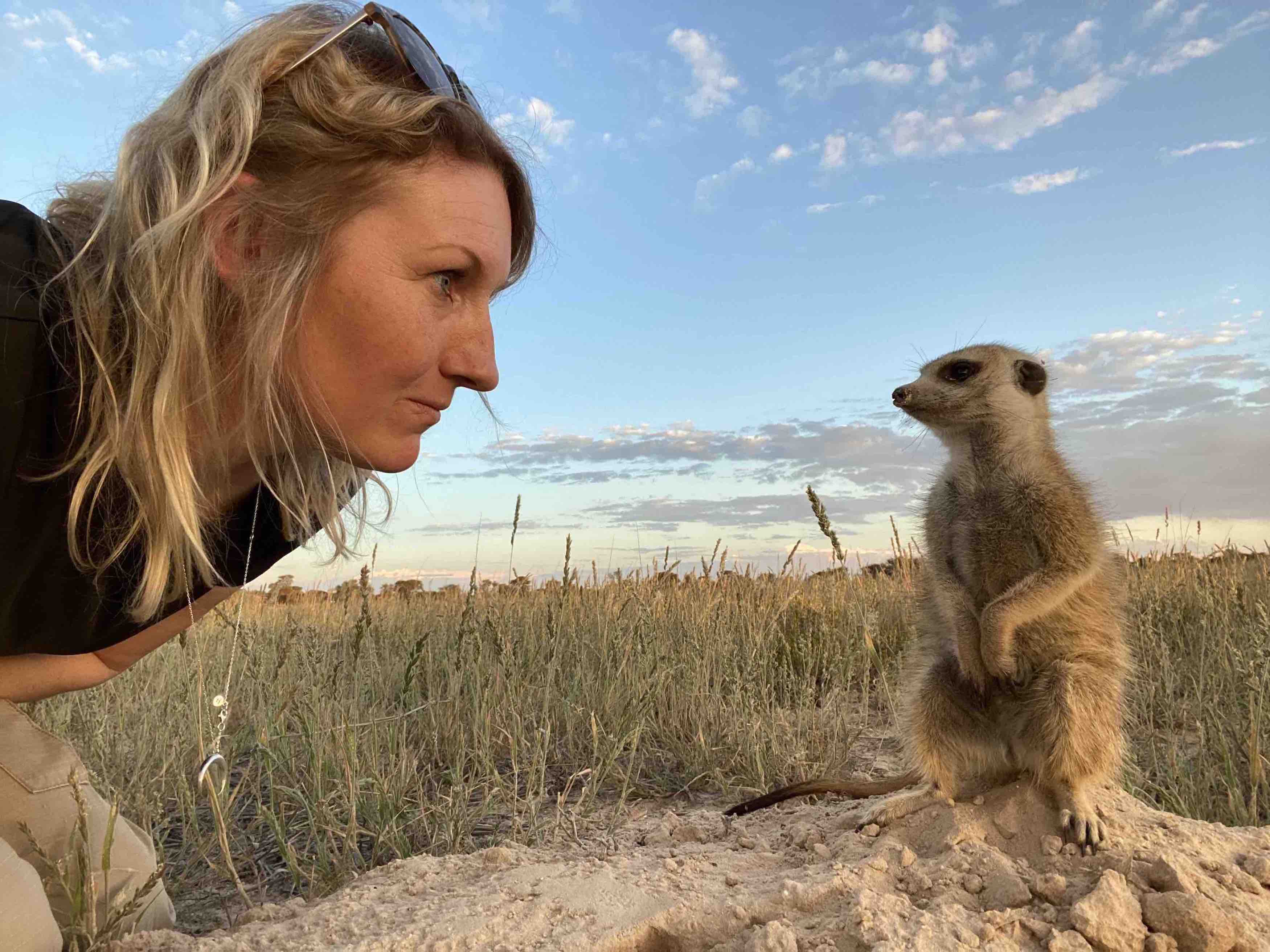
Sofia Forss
The "Meerkat Cognition Project" seeks to understand how social and ecological factors interlink with each other to shape interindividual variation in cognitive phenotypes.
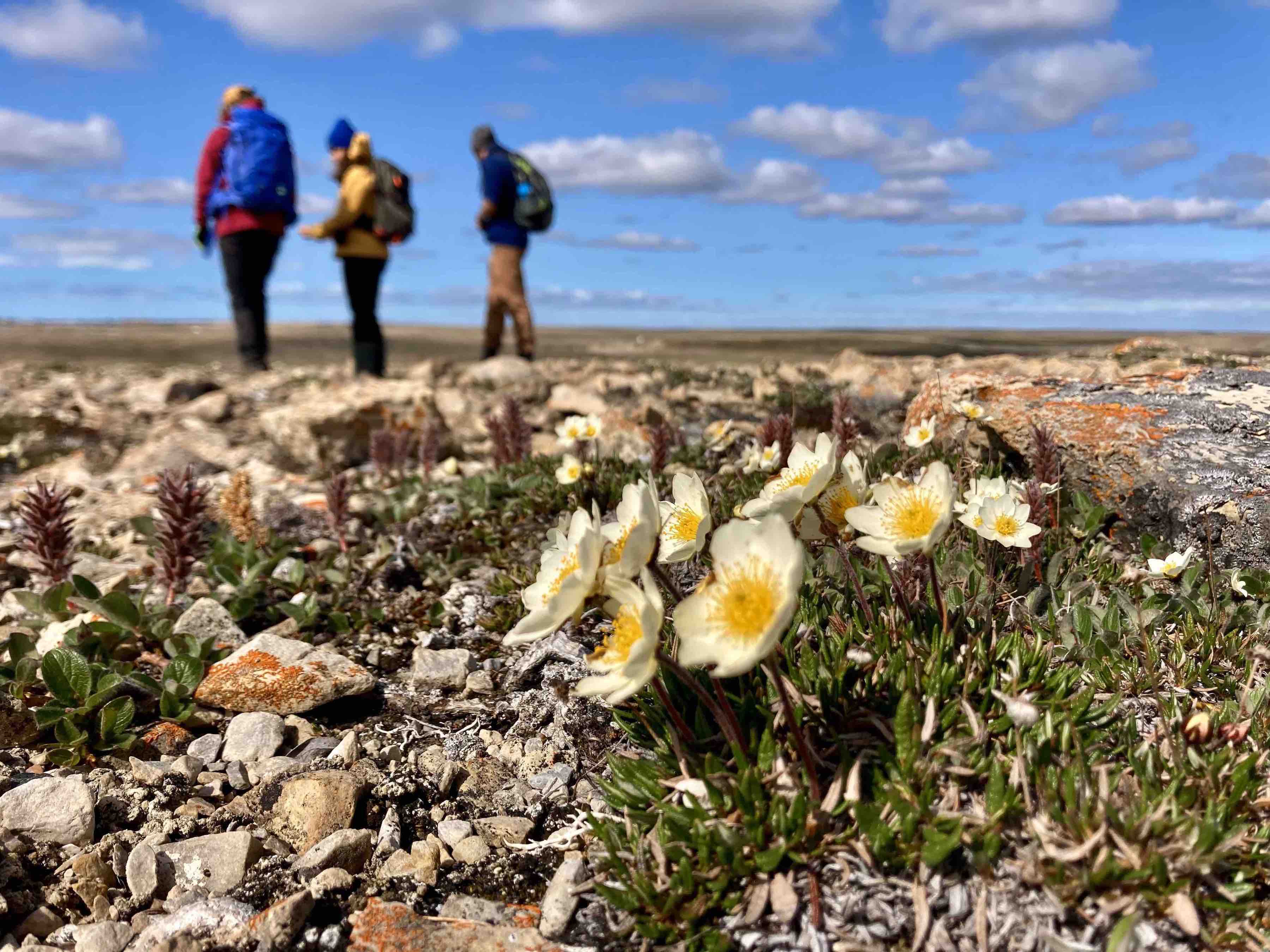
Jakob Assmann
Wide skies, tiny plants and stillness all represent the Arctic tundra to me. Yet, those vast landscapes are not free of people. Indigenous communities have lived in the Arctic for thousands of years. Ecologists are a recent addition to the scene. Here, I captured a typical moment of fieldwork, where we are reorienting ourselves after finishing a set of botanical observations. Often these moments are opportunities for reflection, or lighthearted chat during a hard day of work. Meanwhile, the plants just crack on with their life, exactly like themountain avens (Dryas integrifolia), craning its showy flowerheads towards the sun.
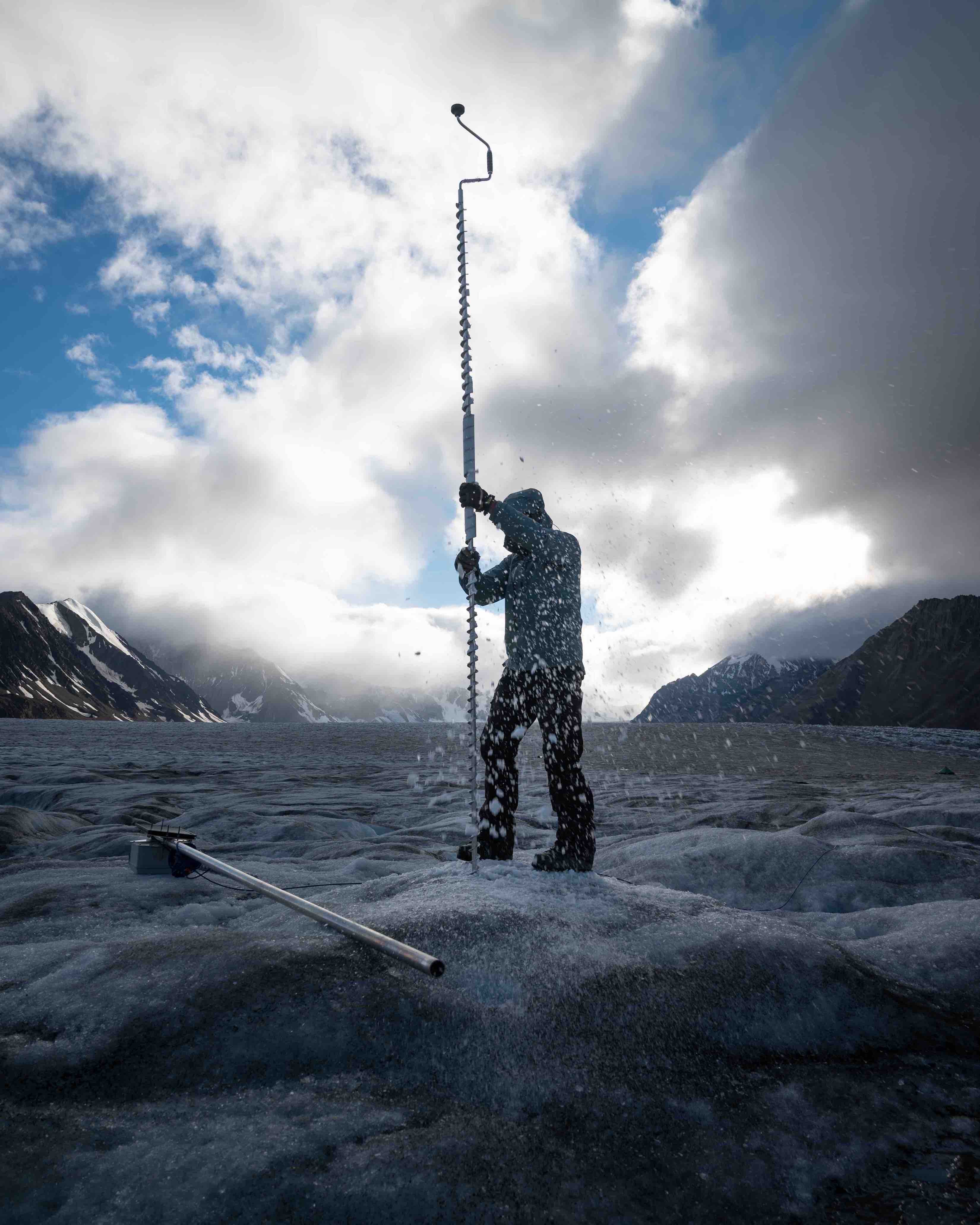
Giulio Saibene
Camilo Rada taking out the tall ice auger from Kaskawulsh Glacier in the Yukon while drilling a five meter hole to secure a data logger (pole on the left of the image). The station needs to measure the water pressure from a sensor hundreds of meters deep in a nearby moulin for the summer. Securing something on a melting glacier is no simple task. This was part of a network of similar stations to better understand how water moves through a glacier.
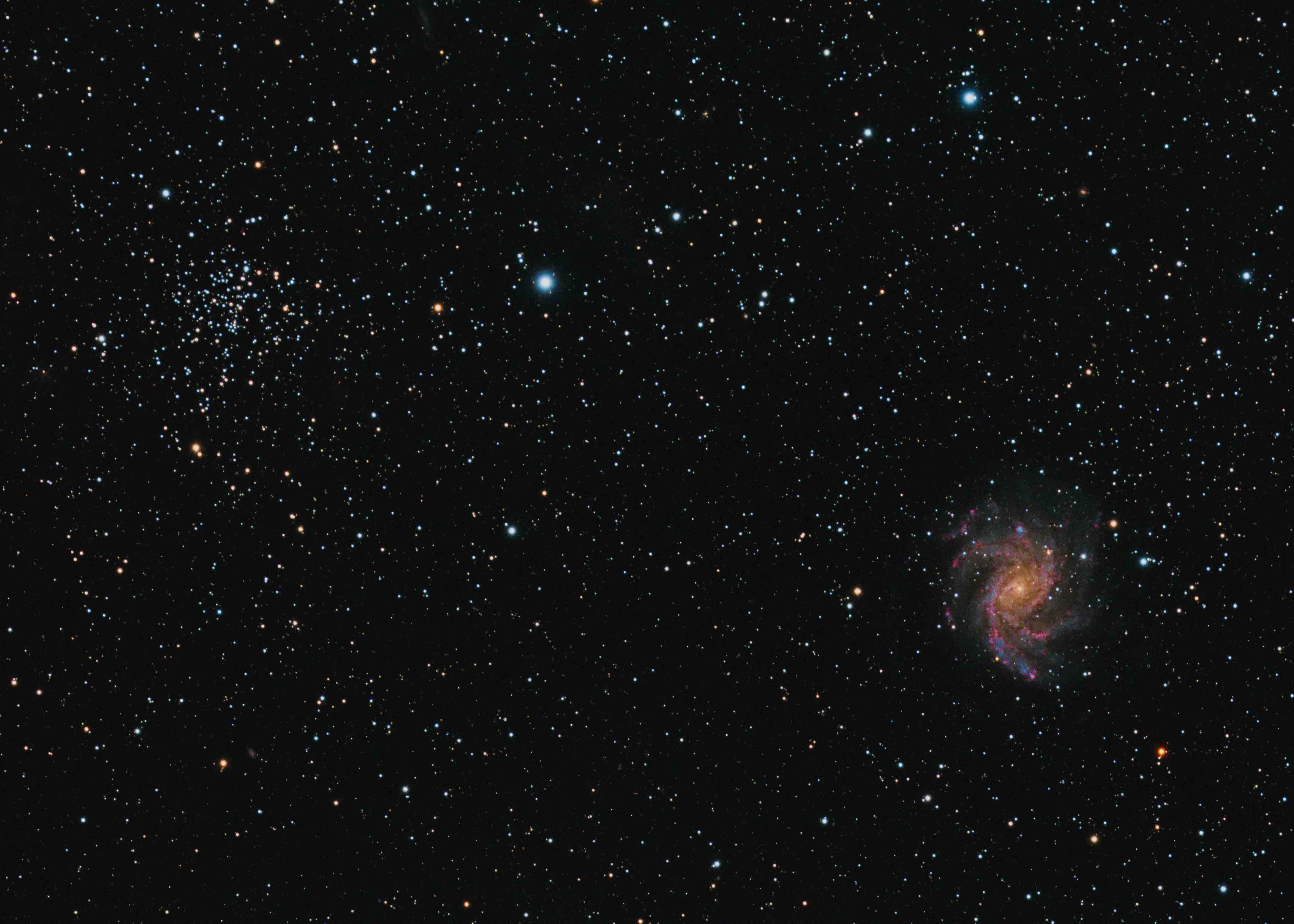
Aurel Schneider
This is an image of the Fireworks galaxy (NGC 6946) next to the open star cluster NGC 6939 taken from Lötschental (Wallis) with a 15cm aperture telescope that our students are using in their Astronomy Practicum. The Fireworks galaxy is 25 Million light-years away showing prominent purple regions of high star-formation. The star cluster is much closer at about 4000 light-years. It features both blue and red stars which is a sign of its advanced age. Some of the bright red stars are at the end of their lives and will soon explode as a supernovae.
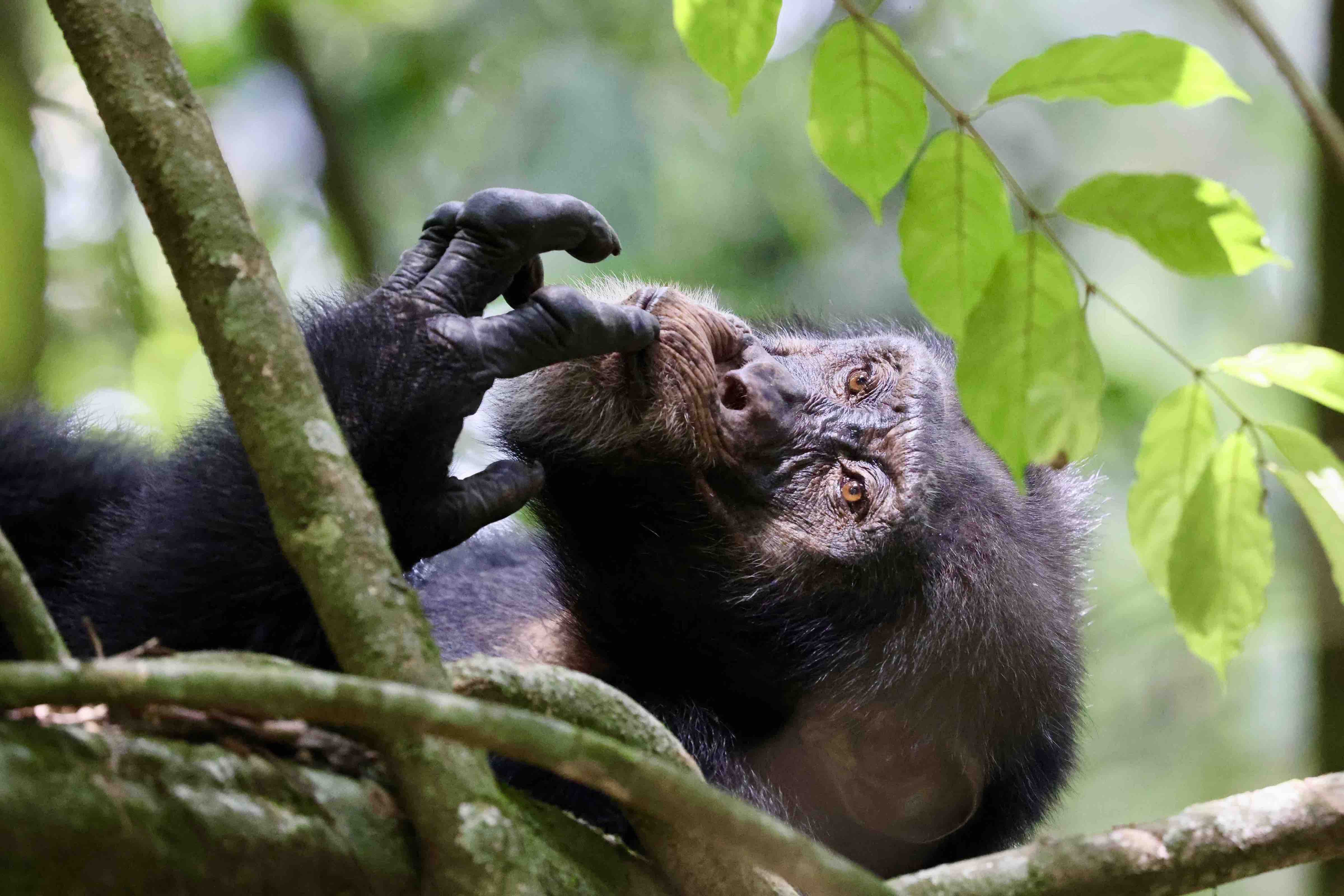
Kat Koops
Meet a wild chimpanzee called Jeje who lives in Bossou, Guinea (West Africa). I first met Jeje when he was 6 years old, and I have seen him grow into the impressive adult male he is today. Over the 20 years that I have known him, his community has decreased from 19 to only 3 individuals. Human population growth and habitat loss have isolated his group from neighbouring chimpanzees in the Nimba Mountains. Unfortunately, this is the fate facing many wild chimpanzees across Africa. Urgent conservation action is needed to safe our closest living relatives from extinction.
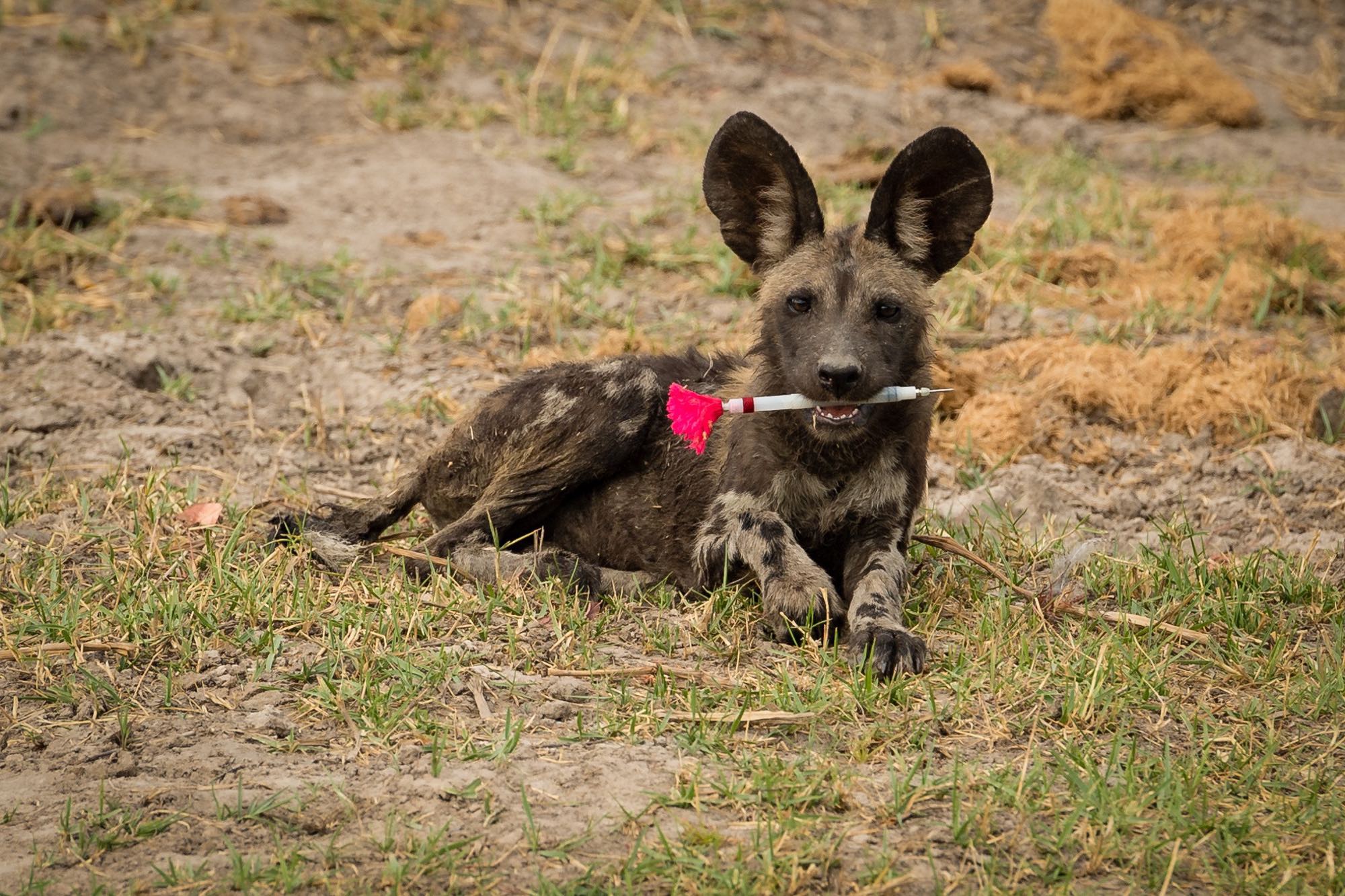
Dominik Behr
This image shows an African wild dog pup with a tranquiliser dart in its mouth. After researchers of the University of Zurich and Botswana Predator Conservation anaesthetised an adult individual in a pack of wild dogs, this pup proved to be a challenge in recovering the dart and appeared very proud of its newfound toy. The photograph was taken in the Okavango Delta in Botswana which represents one of the last remaining strongholds for this endangered carnivore.
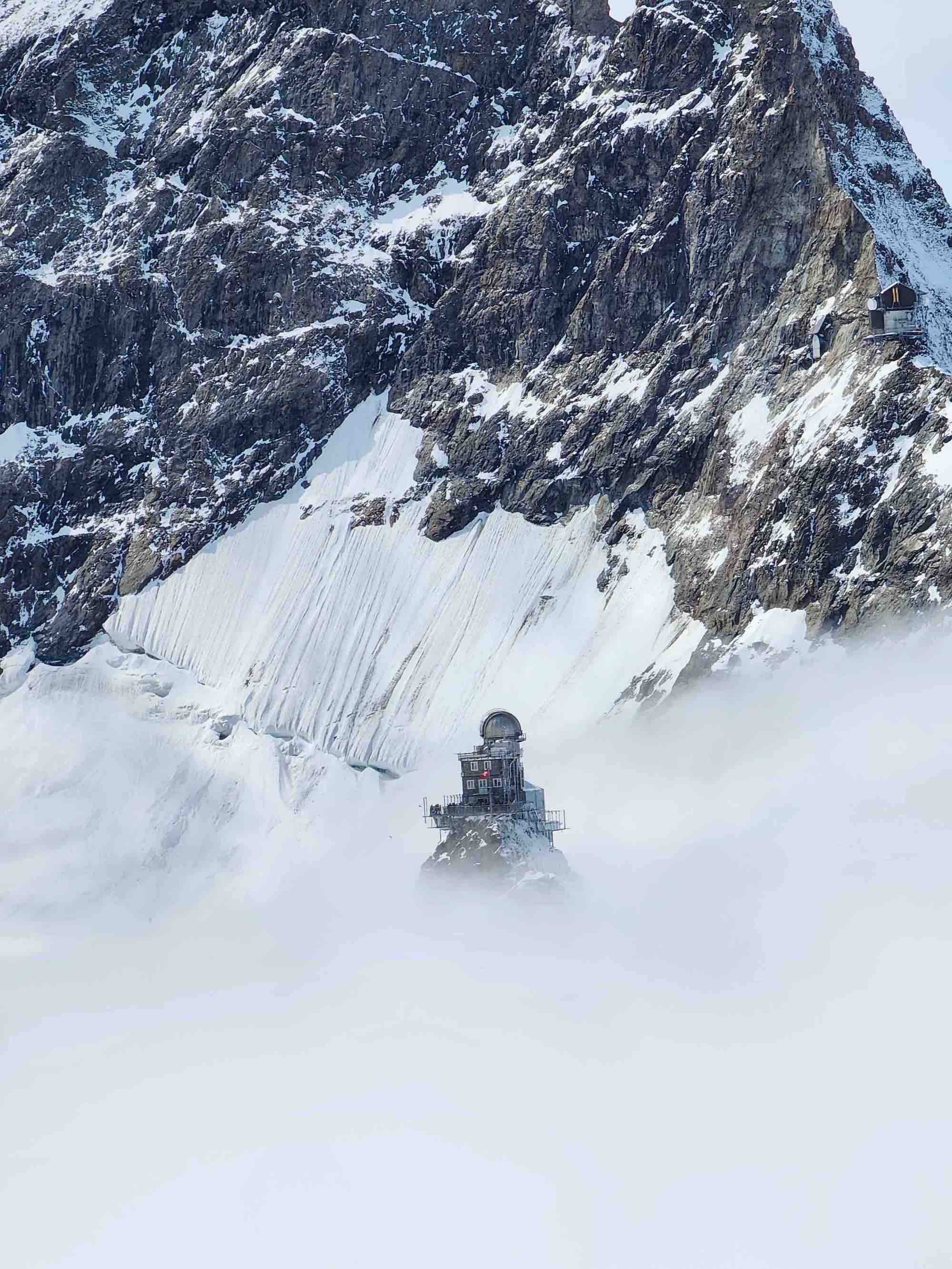
Elisa Sosa
This photo shows a microbiological expedition at the High Altitude Research Station Jungfraujoch. Our team investigated which bacteria and fungi live in alpine air. How many bacteria are living in “clean air”? And are there even human pathogens? Situated on the ridge between the mountains of Mönch and Jungfrau, we set up our experiments right below the Sphinx observatory, non-accessible to any tourists. We worked in the thin air from morning till midnight for a whole week, surrounded by beautiful mountains and the impressive Aletsch glacier. Once we even had a heavy snowstorm! It was a challenging but unforgettable experience.
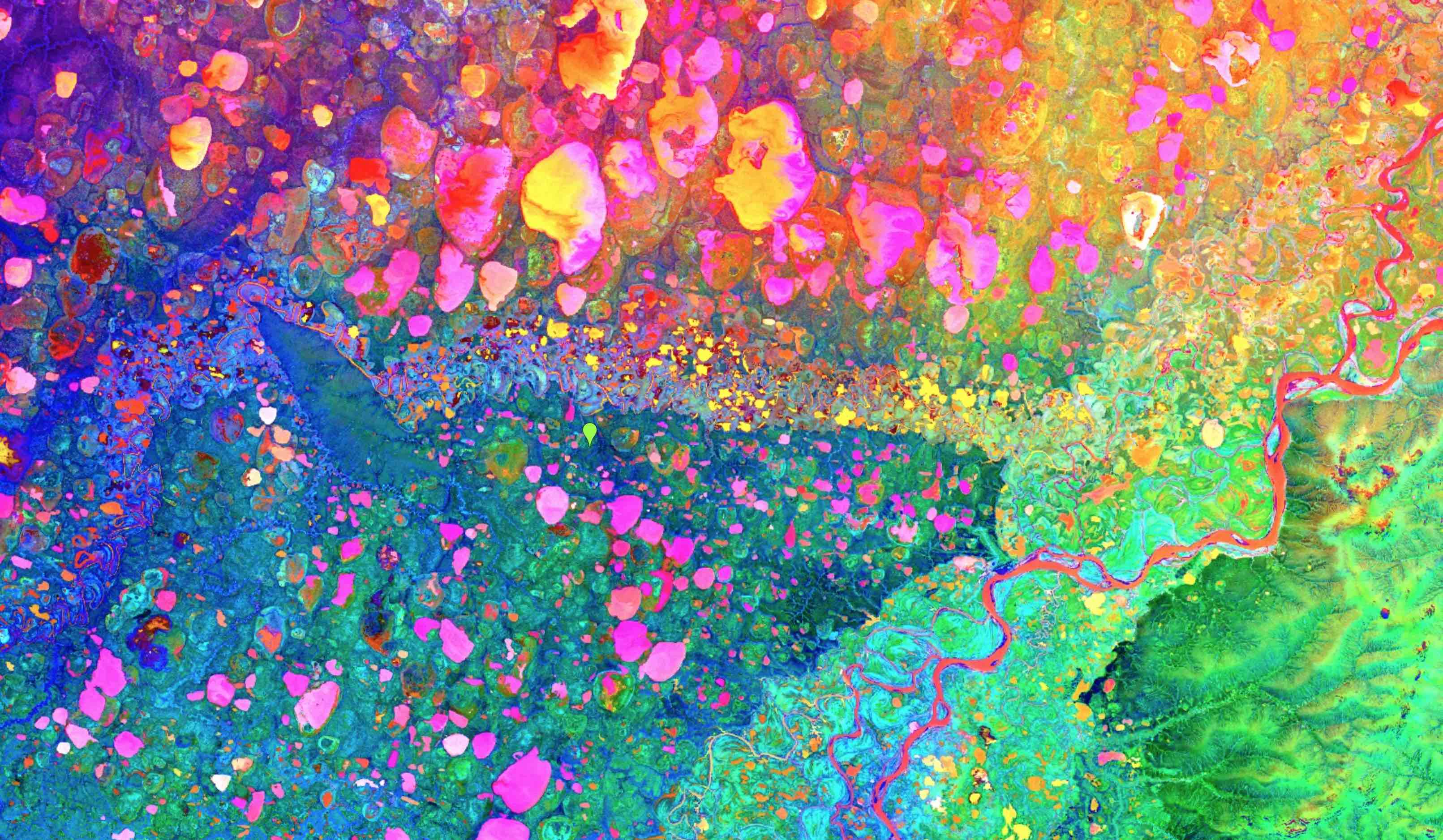
Hendrik Wulf
This false-colour Landsat 8 image shows the North Siberian tundra along the Indigirka River. In addition to the meandering river, this landscape features several lakes (pink and yellow) next to grasslands and shrubs (green and blue). The vivid colours and patterns of the image reveal the beauty and diversity of the almost untouched tundra landscape in summer.
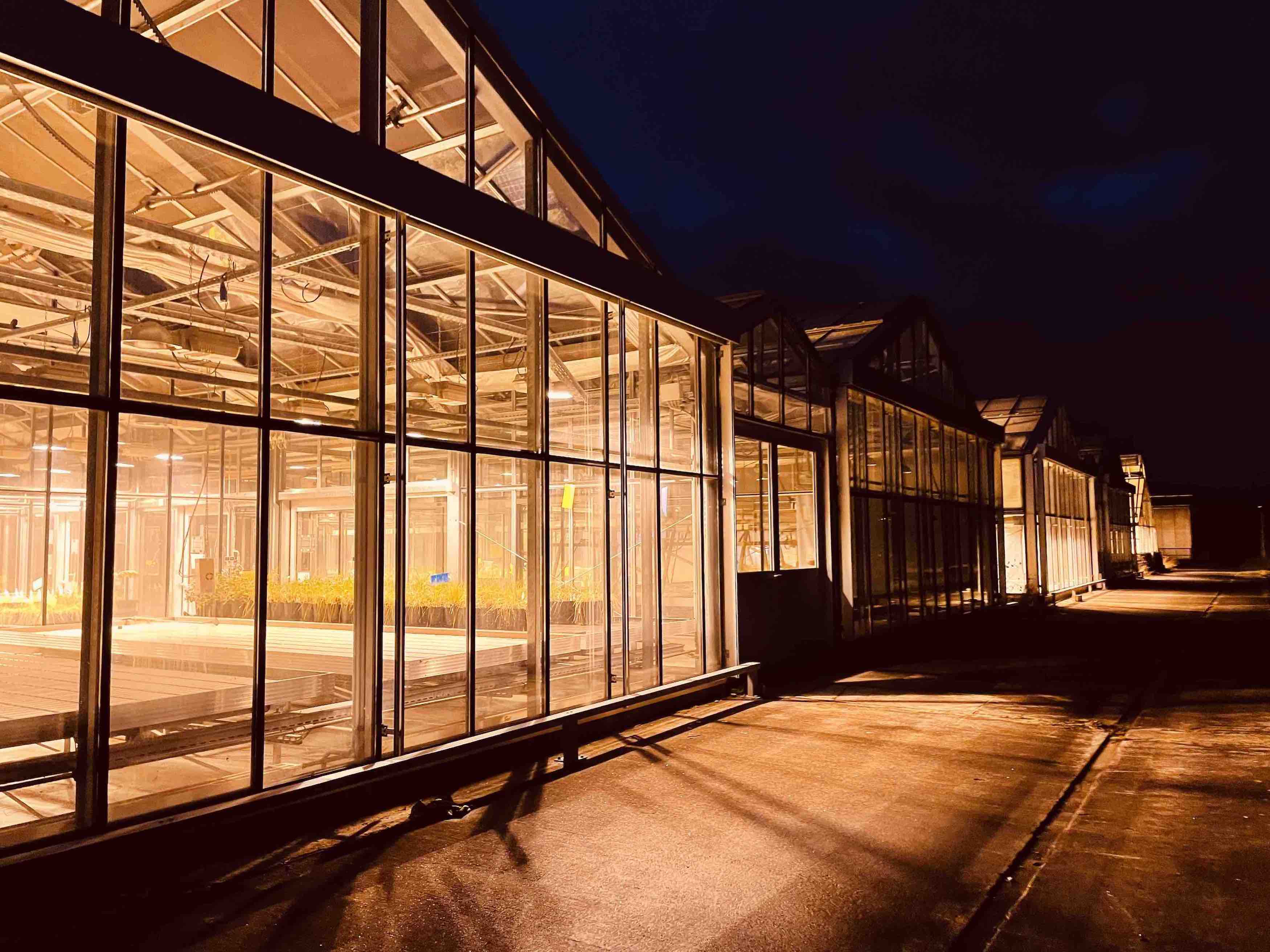
Gaia Zorzi
Fascinating evening moment from one of the sites of Agroscope Reckenholz, where I worked on biologicals during my (UZH) biology bachelor internship.
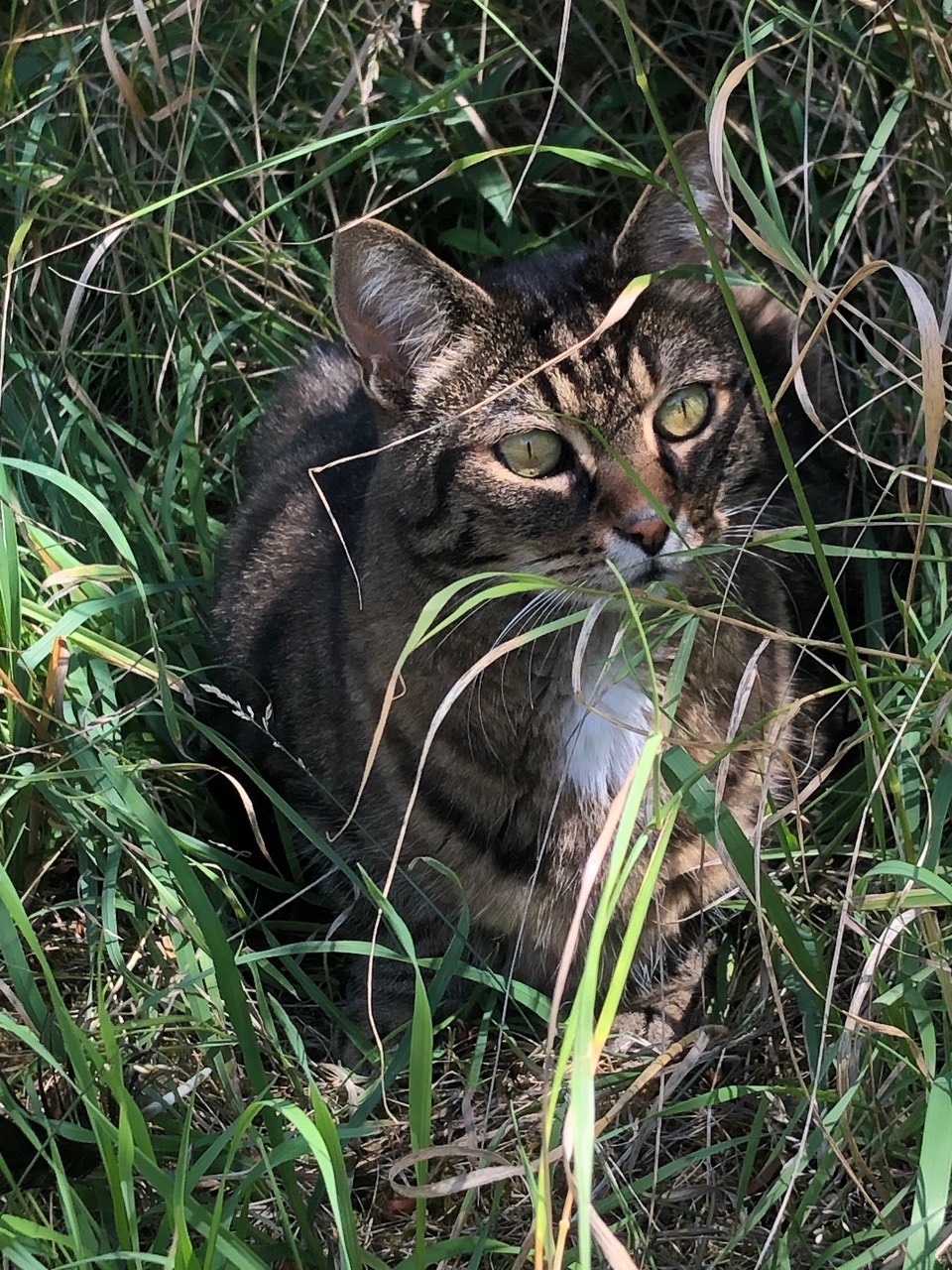
Lisa Heierli
Fast jede oder jeder hat sicher einmal "Tigri" gesehen. Sie gehört einer Familie in der Umgebung, das ASVZ Team nennt sie aber liebevoll Moritz. Sie ist oft am Campus Irchel vor dem Eingang des ASVZ zu sehen.
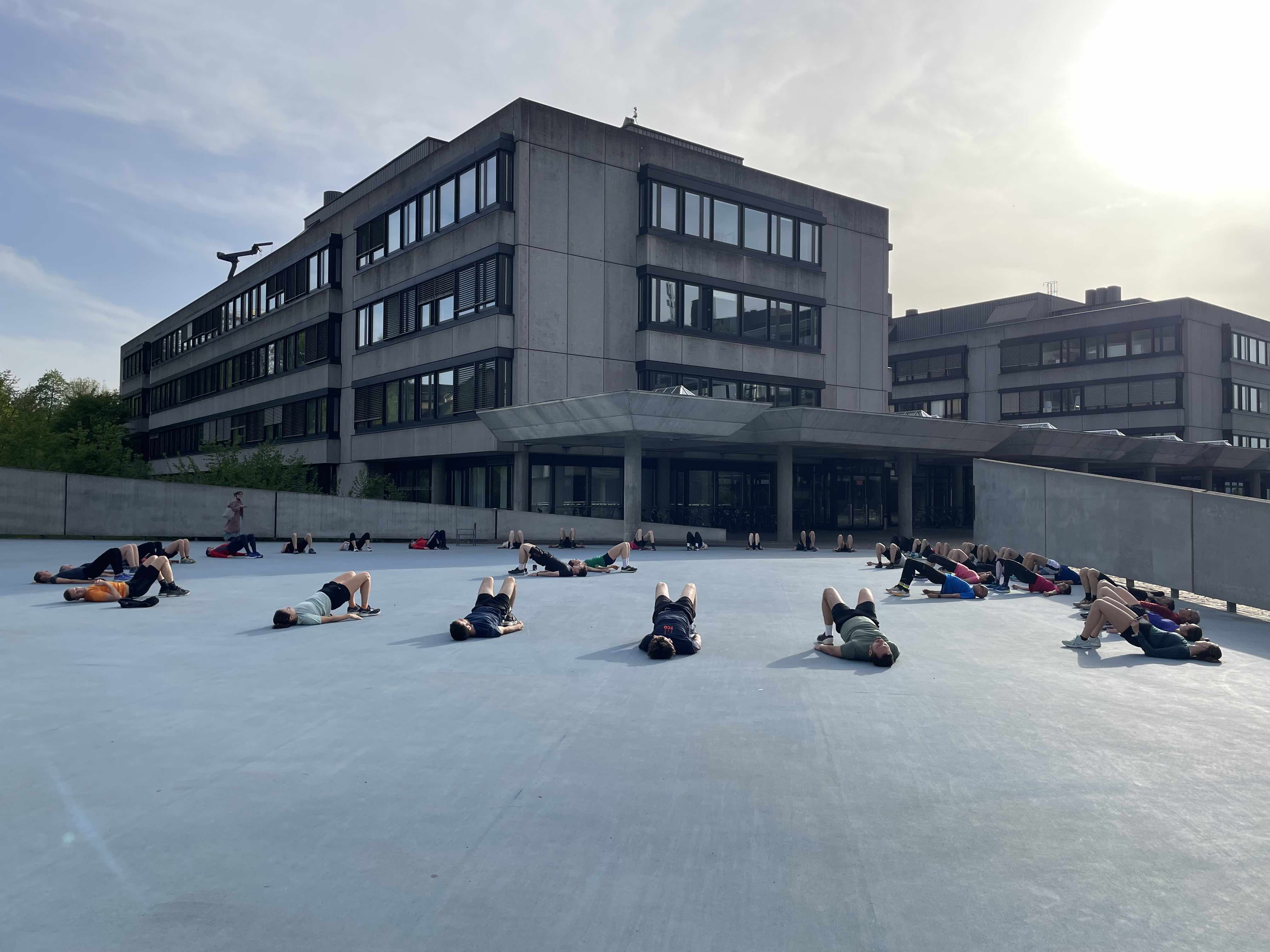
Weixiao Han
18:25, Monday 29. April. 2024. Irchel Campus. Professors, Postdoctoral researchers PhD Candidates and Master Students are fitting after the work day, they are lying on the ground to fit regularly and rhythmically followed by the two instructors. Sunshine make them energy and healthy.
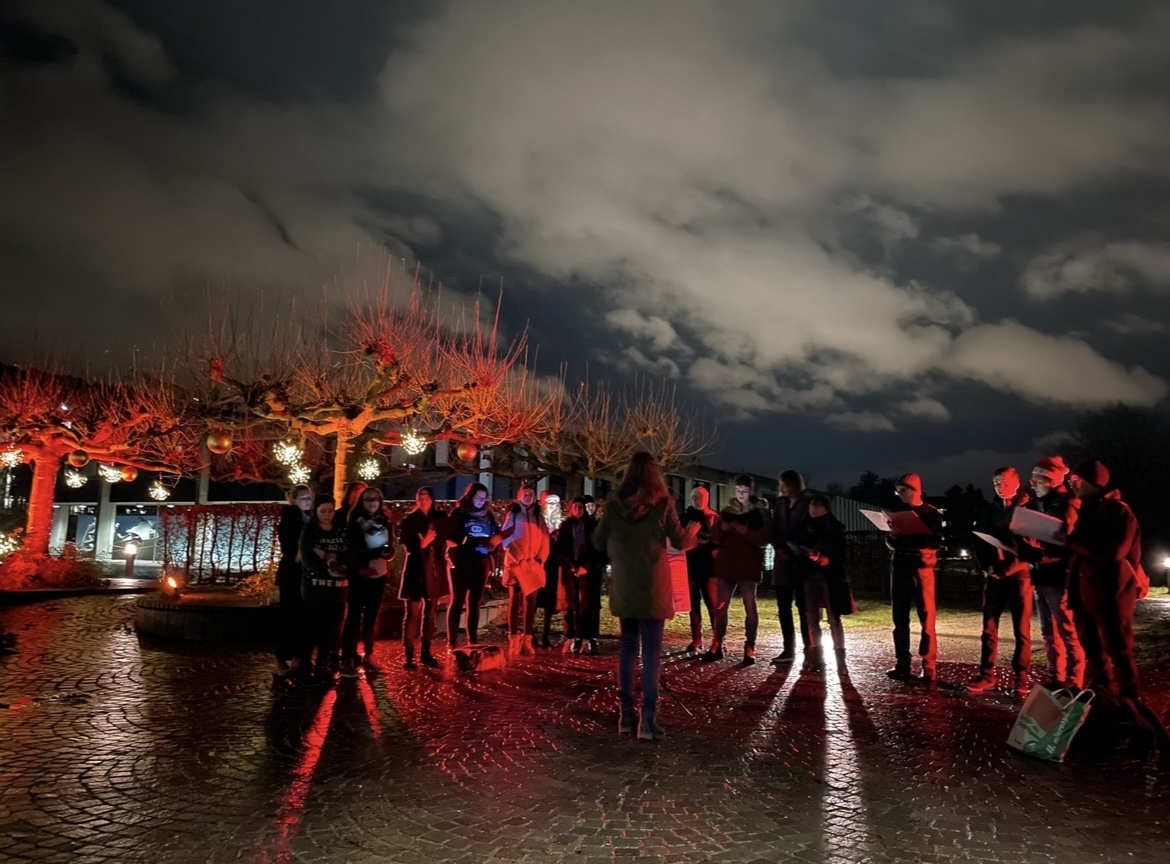
Rathes Sriram
Ein Chor sorgt vor der Irchelbar für eine gemütliche Weihnachtsstimmung!
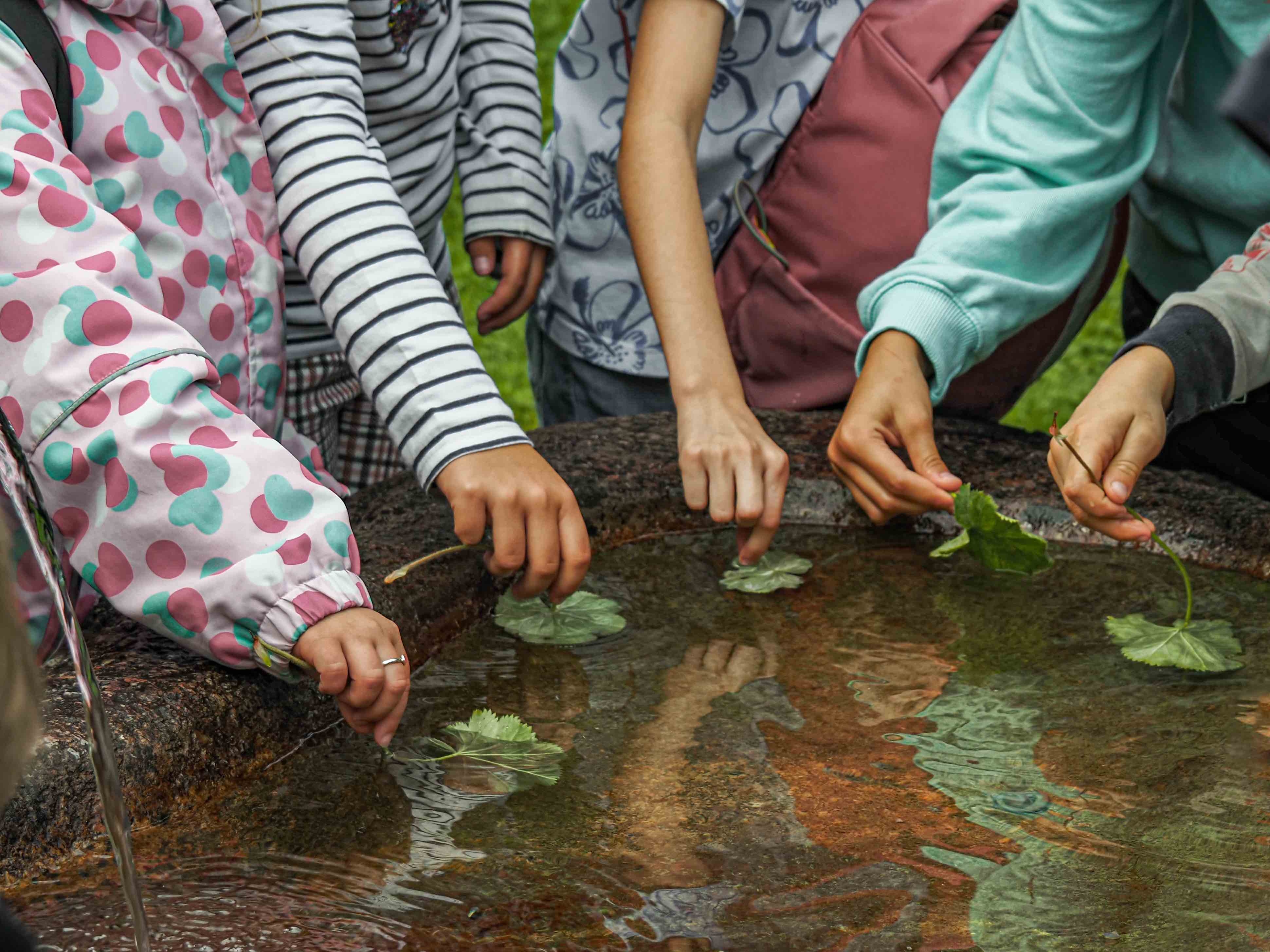
Claudia Winteler
Bei einer Schulklassenführung wurde das Thema Lotoseffekt durchgenommen und die Kinder durften den Versuch machen, ein Frauenmantelblatt nass zu machen, was ihnen wegen eben diesem Effekt nicht gelang. Sie tauchten es ins Wasser und hielten es unter einem fliessenden Wasserhahn, aber das Wasser perlte immer wieder vom Blatt ab und blieb so trocken wie zuvor.
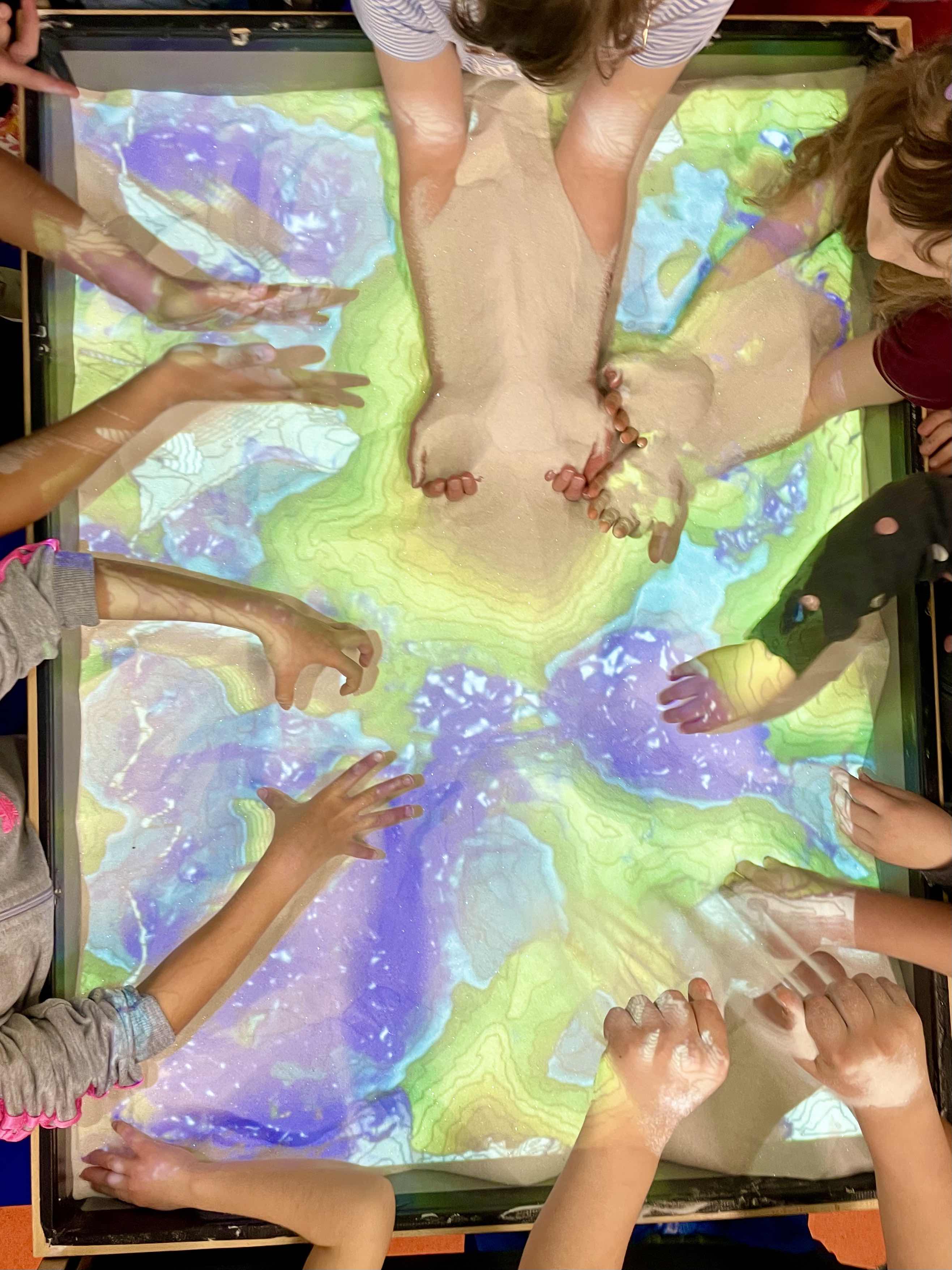
Jochem Braakhekke
The NPOC (National Point of Contact for satellite data) was present at this year’s interactive exhibition for kids tunBasel, to promote earth observation from space. The highlight of our booth is the augmented reality sandbox, which demonstrates how a satellite measures the surface elevation of our planet. It allows kids to build mountains and valleys with sand and to make it rain on their landscape, thereby forming rivers and lakes. The projection gets continuously updated and most kids just can’t get enough of it. Excitement and amazement guaranteed, while learning about geography and satellite remote sensing.
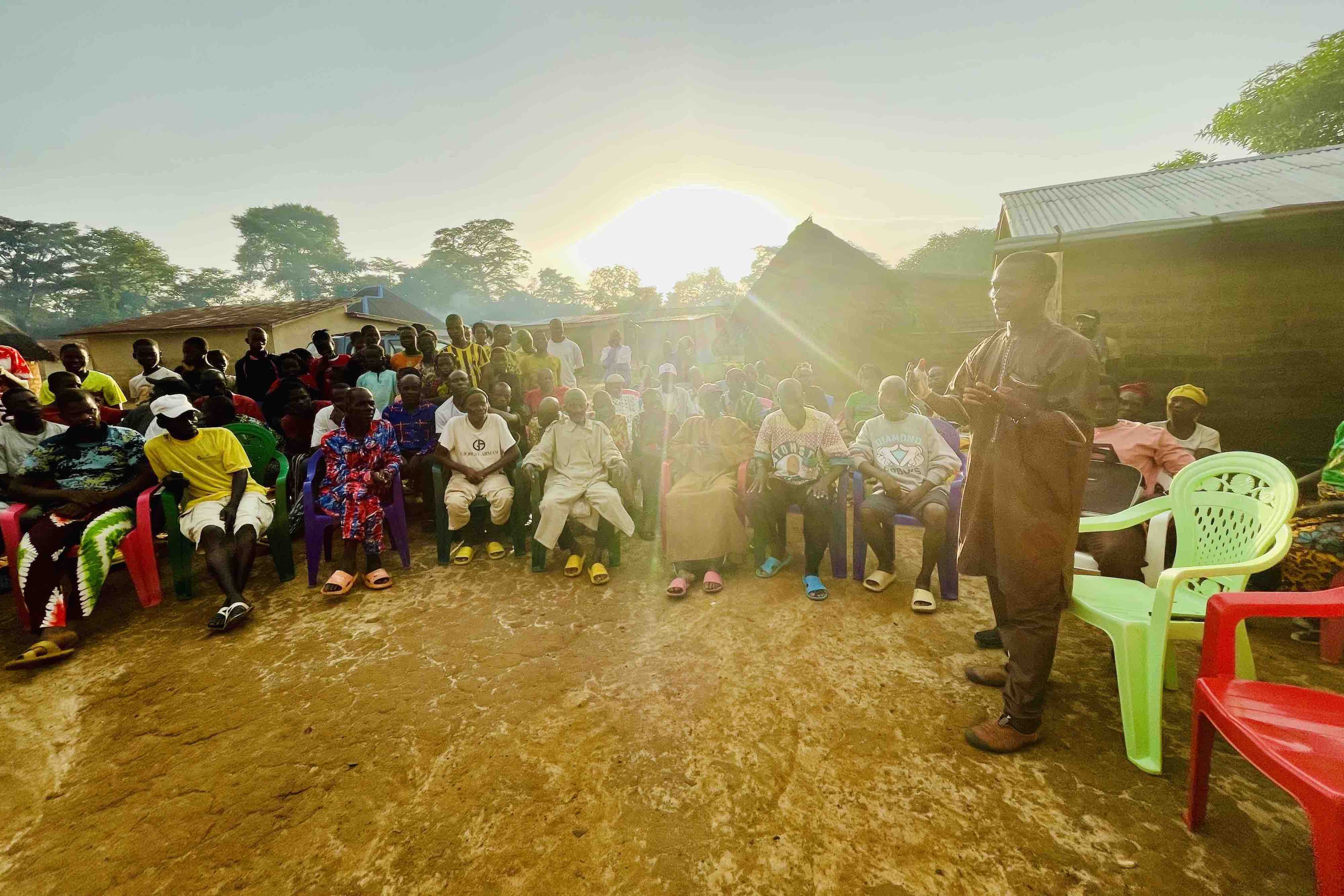
Kat Koops
Henry Didier Camara, the Guinean research team lead of the Nimba Chimpanzee Project, exchanges with the local community in Seringbara about chimpanzee research and conservation. Chimpanzees in the Nimba Mountains (Guinea), and elsewhere in Africa, are endangered due to habitat encroachment, extractive industries, and illegal human activities. The Nimba Chimpanzee Project takes a holistic approach to conservation based on scientific research, capacity building, and community engagement. Protecting wild chimpanzees and their habitat requires close and sustained collaboration with the local communities.